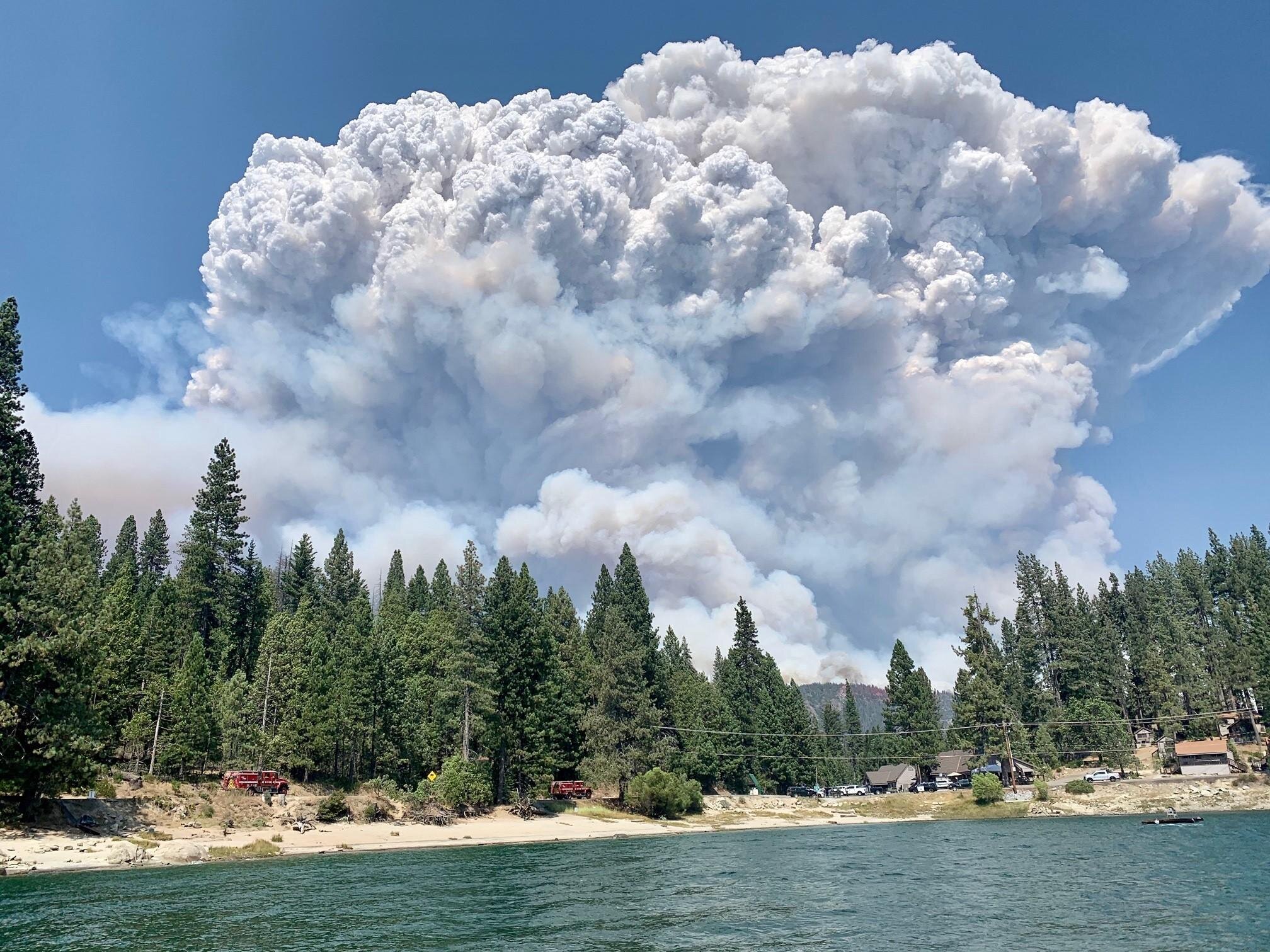
America’s Black Tuesday
“This could be the greatest loss of life and structures… in state history.”

Don’t stop or shop, until you drop
“Permission has been given to use one blade wide dozer lines in the wilderness.”

Locked down and unequal: The looming shortage of firefighting crews in California
Over 1,400 inmates and employees at San Quentin Prison have tested positive for COVID-19. Six on death row have died of the disease. A growing public health crisis in the Bay Area, itself, transfers from San Quentin are responsible for COVID-19 being introduced into the Susanville prison population and the Conservation Camp of firefighters there. In Northern California last week, during the run-up to the 4th of July holiday, only 30 of 77 inmate crews were available in Northern California. That’s 800 fewer wildland firefighters available to dig lines, put in hoselays, and save homes and communities.

Spotlight: FUSEE Board Members
Firefighters United for Safety, Ethics, and Ecology would like to welcome its two newest Board Members, Bill Tripp and Taro Pusina.

Stephen Pyne on Recent California Wildfires
Stephen Pyne, a FUSEE collaborator and ally, as well as distinguished fire historian, was joined last Friday by Alexandra von Meier, and urban electrical grid specialist, to discuss the devastation witnessed during the past two seasons of California wildfires and how this might be avoided in the future. Their discussion was moderated by Ira Flatow, on Science Friday, a radio show heard on public radio stations across the country and distributed by WNYC Studios.

Cat Scratch Fever
The Mendocino Complex has taken its place in the record books–but probably not for long–as the largest wildfire in California state history. While the River Fire is 100% contained at this time, it is possible that the Ranch Fire may eventually burn over a majority of entire Mendocino National Forest before it stops its advance.
One thing that leaps out with a casual glance at the current fire map is the extensive use of dozers in primary and contingency firelines. Several of these dozerlines a.k.a. “catlines” come right up to and possibly encroach into the Snow Mountain Wilderness. In fact, the California Regional Forester gave permission for dozers to enter the wilderness with the blessing of the Mendocino Forest Supervisor.

Other Than Full Suppression
This essay was written in response to a recent post at Wildfire Today: Wildfire News and Opinion, titled, “Are we experiencing a “new normal” of wildland fire behavior?”

Ferguson Fire: Yosemite's Proving Ground for Ecological Fire Use
The Ferguson Fire has been burning for nearly two weeks and has captured most of the attention of the national news media. Tragically, one firefighter was killed on the second day of the fire when the bulldozer he was operating rolled down a steep slope. Miraculously, no homes have been lost as of July 25th. The Ferguson is going to burn a large area over a long time.

History never repeats itself but it rhymes: Rim Fire redux
The year was 1961. President Robert F. Kennedy was President of the United States. The Central Valley Project had been built and the growing San Joaquin Valley agribusiness gave way to traditional ranchland in the oak savanna of the Sierra foothills southwest of Yosemite National Park. The Harlow Fire started on July 10th. The following day it exploded, burning over 20,000 acres in two hours, vaporizing the communities of Ahwahnee and Nipinnawasee, and killing an elderly couple. Supposedly, that run on the Harlow Fire was one of the fastest ever recorded. The communities would never recover.

2018 California Incident Management Team (IMT) Workshop Notes
Notes from the 2018 California Incident Management Team (IMT) Workshop.
